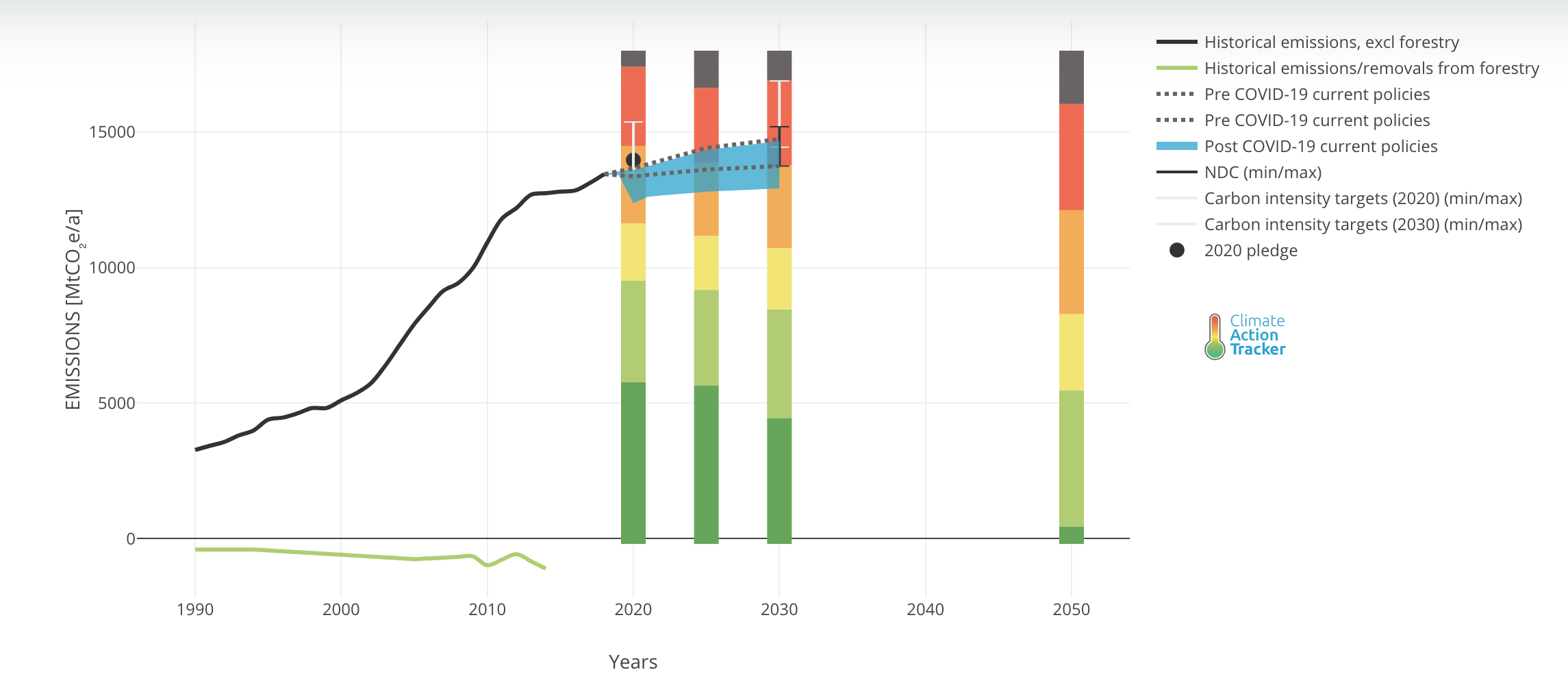Addressing the United Nations General Assembly in New York, via video, President Ji Xinping made the surprise announcement of his intention to lead China to carbon neutrality by 2060. If reached these pledges would be a vital contribution to reaching the Paris Climate objectives particularly as the People’s Republic is currently the top producer of greenhouse gas emissions.
“Humankind can no longer afford to ignore the repeated warnings of nature and go down the beaten path of extracting resources without investing in conservation, pursuing development at the expense of protection, and exploiting resources without restoration [countries must] achieve a green recovery of the world economy in the post-Covid era”, said Mr. Xi Jinping in his speech.
In practical terms what this means is ensuring that climate goals set out in the Paris Climate Agreement are met. To this end, “China will scale up its intended nationally determined contributions [under the Paris climate agreement] by adopting more vigorous policies and measures”, continued Xi Jinping.

A new rhetoric
Prior to Xi Jinping’s speech, China’s climate commitments were widely regarded as inadequate to reach global mitigation objectives. China had promised to peak emissions by 2030 and according to research by Climate Action Tracker the country’s NDCs are highly insufficient towards meeting the Paris objectives. If all Governments’ NDCs were in this range then global warming would reach between 3-4ºC by the end of the century.
On the one hand, China is the world’s largest consumer of coal and on the other it is the main driver of clean technology, producing more solar panels and wind turbines than any other country and manufacturing more electric cars and buses.
However, China is now set to improve on its 2030 climate target (NDC) with the new goal of peak emissions before 2030 and carbon neutrality by 2060. Furthermore, one of the key components for reaching these objectives will come with the Covid response stimulus package.
China’s pandemic stimulus package allocates up to 565 billion USD to new infrastructure projects, which amounts to around 4.5% of the country’s GDP. This is predicted to increase to around CNY 2.5 trillion by 2025 so as to bolster the New Infrastructure Plan. This includes ample spending on electric mobility projects including charging stations and public transit and more investment in the national high-speed rail.
A country of contradictions
Critics have been fast to point out that for all the strong words there still is no roadmap for how to achieve carbon neutrality by 2060. Furthermore, there is a scientific consensus that carbon neutrality must be reached by 2050 in order to ensure that the worst effects of climate change are avoided.
The inherent contradiction in China’s stance on climate is evident. On the one hand, China is the world’s largest consumer of coal and on the other it is the main driver of clean technology, producing more solar panels and wind turbines than any other country and manufacturing more electric cars and buses.
How and when the country will transition away from fossil fuels is therefore one of the main environmental issues and one that remains unanswered. Many feel that the real litmus test will come with the next five-year plan which will determine the country’s economic development from 2021 to 2025.
Although Xi made a promising speech, it is also worth noting that currently carbon dioxide emissions from energy production, cement making and other industrial uses are 4% higher than the previous year. Furthermore, more coal fired plants have been signalled for construction in the opening months of 2020 than in the previous two years.
For these reasons Climate Action Tracker, that monitors climate pledges from countries around the world, continues to regard China’s commitments as “highly insufficient”.






